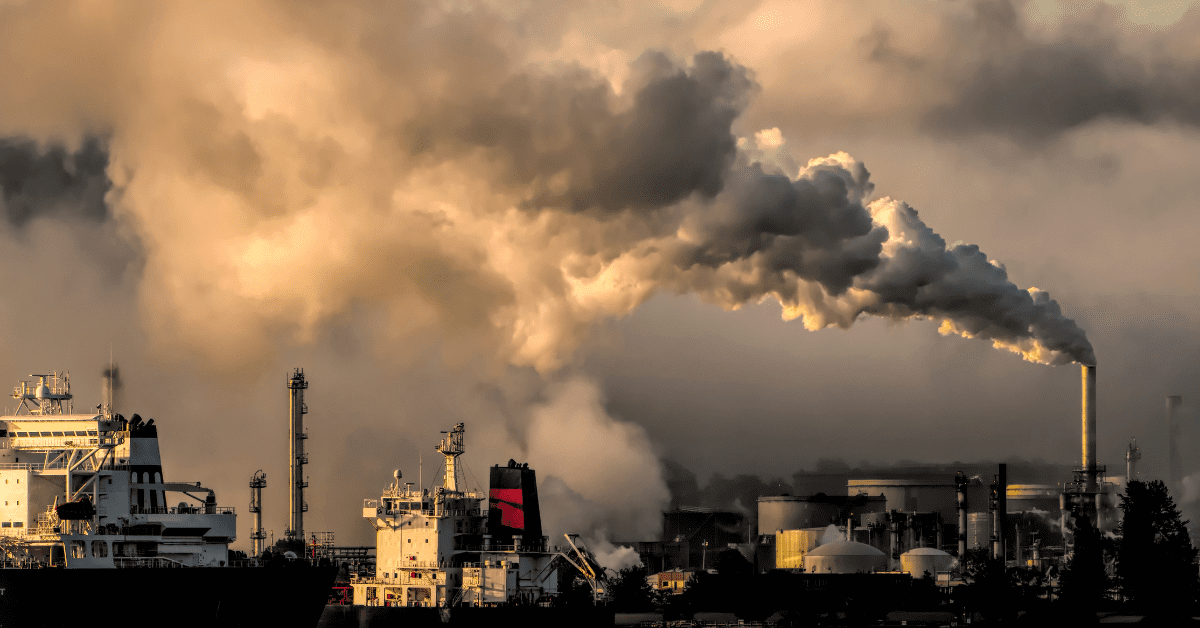Despite global efforts to shift towards sustainable energy sources, the persistent rise in fossil fuel consumption poses a significant challenge to the world’s collective commitment to combat climate change. The continued reliance on these non-renewable resources not only exacerbates environmental issues but also hampers progress toward a greener and more sustainable future.
One of the main obstacles hindering the energy transition is the existing infrastructure deeply rooted in fossil fuel-based systems. The extensive networks of oil refineries, coal-fired power plants, and gas pipelines contribute to the inertia in adopting cleaner alternatives. Governments, industries, and communities find it challenging to break away from established norms and invest in the necessary changes to transition to cleaner energy sources.
To say that the need for global decarbonization is a mere understatement. Today, the International Energy Agency (IEA) highlights the critical role of carbon capture technologies in achieving deep decarbonization from fossil fuel usage, estimating that 6 gigatons per annum (Gtpa) of CO2 must be captured and sequestered by 2050 to limit the temperature rise to 1.5°C.
Leading the Global Decarbonization Movement
Dotz, a leading nanotechnology company traded on the ASX, is emerging as a trailblazer with its innovative carbon-based nanotechnologies. Spearheaded by a team of highly experienced executives with a proven track record in executing successful company growth strategies, Dotz is focusing its mission on developing groundbreaking technologies for a carbon-neutral future.
DOTZearth, the company’s flagship technology, stands out for its dual environmental impact. By utilizing plastic waste as the primary raw material for its solid sorbent technology, Dotz is not only contributing to industrial decarbonization but also addressing the pervasive issue of plastic pollution. This approach aligns with the growing need for inclusive sustainability solutions that consider multiple environmental challenges simultaneously.
Scientifically validated in the esteemed labs of Dr. James Tour at Rice University, USA, and fully characterized by SINTEF, one of Europe’s largest independent research organizations, DOTZearth exemplifies rigorous scientific validation.
The DOTZearth Triple Advantage
The technology’s triple advantage over existing solutions further distinguishes it in the market. First, DOTZearth is environmentally friendly, not only utilizing plastic waste but also designed to reduce toxic emissions. Secondly, it boasts a cost-effective profile with reduced energy consumption and a smaller physical footprint, resulting in a lower Cost of Ownership. Thirdly, the technology is flexible and scalable, allowing for modular design and adaptability across multiple industries.
Dotz’s commitment to sustainability, coupled with the scientific rigor behind its technologies, positions the company as a key player in the field of nanotechnology and carbon capture. The intersection of environmental responsibility and economic viability makes DOTZearth not just a solution to a problem but a primary instrument for a cleaner and more sustainable future.
Beyond the technological marvel, DOTZearth’s transformative approach to tackling both carbon emissions and plastic pollution reflects a holistic understanding of environmental challenges, resonating with consumers, businesses, and governments seeking comprehensive sustainability solutions.
Conclusion
Dotz’s innovative strides with DOTZearth mark a significant contribution to ongoing efforts in combating climate change. As governments and industries seek sustainable solutions, DOTZearth positions itself as a key player in the emerging market of eco-friendly technologies. Dotz is not just providing a solution to a problem; it is shaping economic opportunities and embodying a vision for a more sustainable and inclusive future.
With the potential to address both carbon emissions and plastic pollution, Dotz is not just revolutionizing carbon capture technology but is actively defining a future where environmental responsibility and economic viability go hand in hand.































